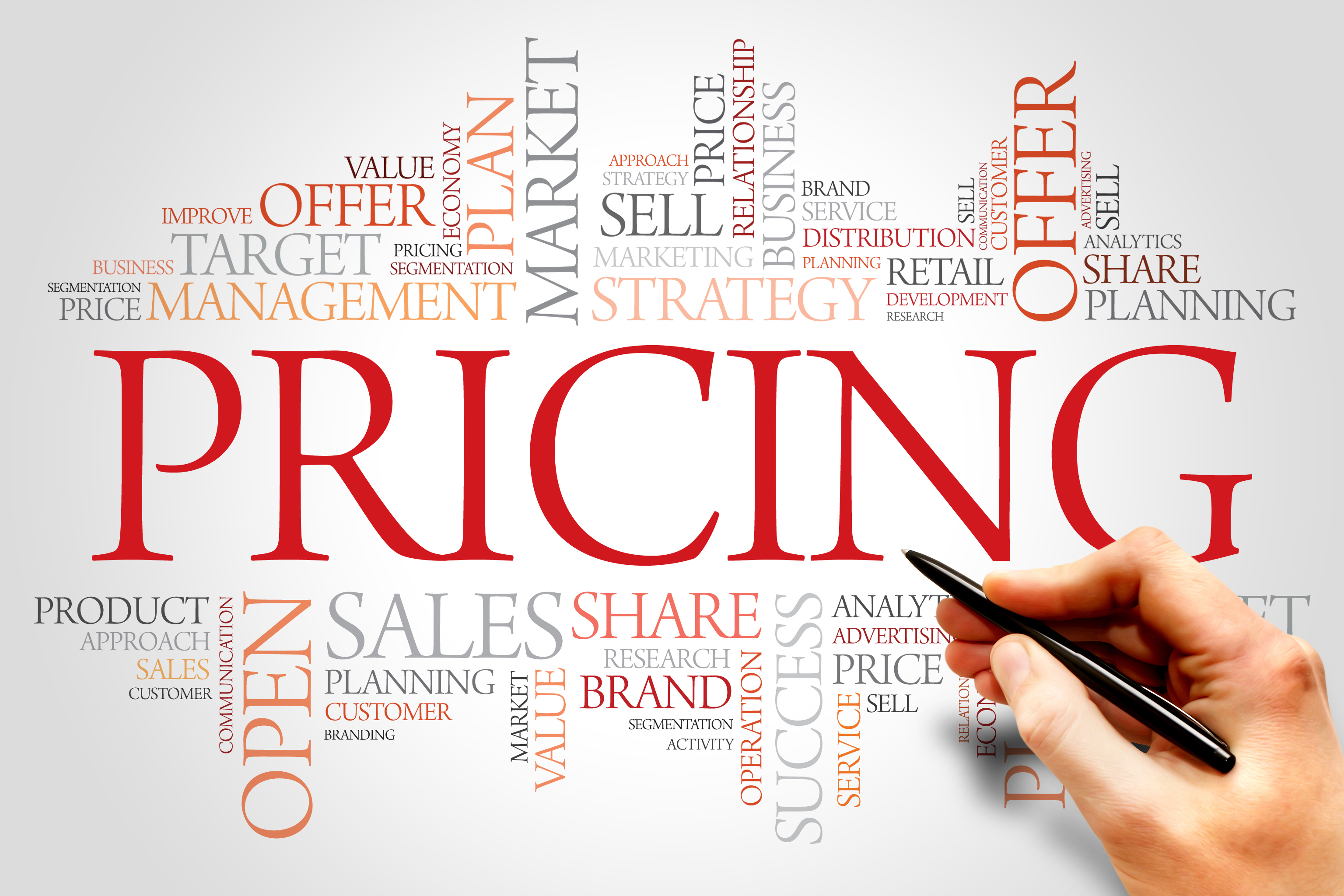Motivating people is both a science and an art!

Since the tag line for Voice of Reason Consulting is “We Turn Business Owners into CEOs”, I was absolutely drawn to an article about “The Science of Pep Talks” by Daniel McGinn in the July-August 2017 issue of the Harvard Business Review.
McGinn postulates that the ability to deliver an energizing pep talk that spurs employees to better performance is a prerequisite for any business leader, and I believe is also a key factor in judging a CEO’s performance as the leader of his/her company.
Motivating people is both a science and an art! According to the science (MLT- motivating language theory) most winning formulas include three key elements: direction giving, expressions of empathy, and meaning making.
The Mayfields, a husband/wife research team from Texas A&M University describe “direction giving” as providing information about precisely how to do the task, giving easily understandable instructions, providing good definitions of tasks, and letting people know how their performance will be evaluated. “Empathetic language” is showing concern for the person as a human being, and includes praise, encouragement, gratitude, and acknowledgment of a task’s difficulty. “Meaning-making language” explains why a task is important. This involves linking the organization’s purpose or mission to listeners’ goals.
Bottom line, a good pep talk—whether delivered to one person or many—should include all three elements. It’s the job of the CEO to know the context and the audience in order to determine the right mix of these three elements. Once leaders and CEOs understand these three elements, they can learn to use them more skillfully.
I urge you to read the entire article and let me know what you think.

